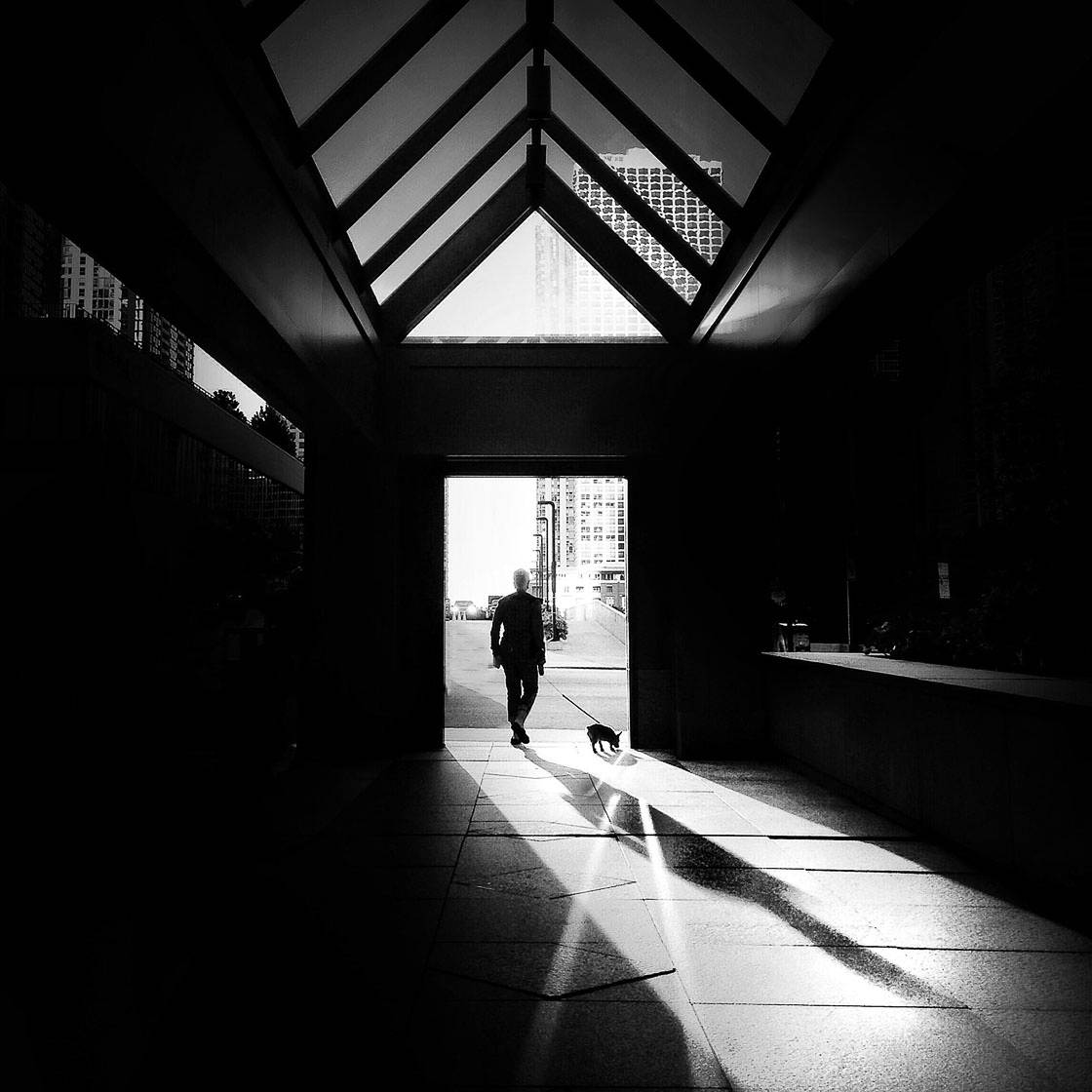4 Easy Facts About Street Photographers Described
4 Easy Facts About Street Photographers Described
Blog Article
Street Photographers Fundamentals Explained
Table of ContentsNot known Details About Street Photographers The Definitive Guide for Street PhotographersFascination About Street PhotographersExcitement About Street PhotographersHow Street Photographers can Save You Time, Stress, and Money.
, a genre of photography that documents everyday life in a public place. The very publicness of the setup makes it possible for the photographer to take honest images of unfamiliar people, usually without their expertise. Street photographers do not always have a social function in mind, but they favor to separate and capture minutes which could or else go unnoticed.He was affected by several of those that influenced the road photographers of the 1950s and '60s, he was not chiefly interested in recording the spirit of the street. The impulse to visually record individuals in public started with 19th-century painters such as Edgar Degas, douard Manet, and Henri de Toulouse-Lautrec, that worked side by side with photographers trying to capture the significance of city life.

Provided the great top quality of his photographs and the breadth of product, architects and musicians frequently got Atget's prints to utilize as recommendation for their own job, though business rate of interests were barely his primary inspiration. Rather, he was driven to picture every last residue of the Paris he loved. The mingled interest and urgency of his mission shine through, leading to pictures that tell his very own experience of the city, top qualities that anticipated street photography of the 20th century.
The Facts About Street Photographers Uncovered
They expose the city with his eyes. His job and essential understanding of photography as an art kind worked as ideas to generations of professional photographers that followed. The following generation of road digital photographers, though they likely did not describe themselves as such, was ushered in by the photojournalism of Hungarian-born photographer Andr Kertsz.
Unlike his peers, Brassa used a larger-format Voigtlnder electronic camera with a longer direct exposure time, forcing him to be more calculated and thoughtful in his method than he may have been if utilizing a Leica. (It is thought that he might not have been able to manage a Leica during that time, yet he did, however, utilize one in the late 1950s to take colour photographs.) Brassa's photos of the Paris abyss illuminated by artificial light were a discovery, and the compilation of the series that he released, (1933 ), was a major success.
Cartier-Bresson was a champion of the Leica electronic camera and one of the very first professional photographers to optimize its capabilities. The Leica enabled the photographer to interact with the environments and to catch moments as they took place - Street Photographers. Its reasonably small size additionally assisted the photographer fade right into the background, which was Cartier-Bresson's recommended approach
Some Known Details About Street Photographers
It is because of this essential understanding of the art of picture taking that he is often credited with uncovering the medium throughout again approximately a century given that its innovation. He took site photographs for even more than a half century and affected generations of photographers to trust their eye and intuition in the minute.
These are the inquiries I will attempt to address: And after that I'll leave you with my very own meaning of street photography. Yes, we do. Allow's start with defining what a meaning is: According to it is: "The act of specifying, or of making something certain, distinct, or clear".
No, definitely not. The term is both limiting and misguiding. Seems like a street digital photography must be images of a roads best?! And all street digital photographers, besides a handful of absolute novices, will fully value that a street is not the essential component to road photography, and in fact if it's a photo of a road with perhaps a couple of dull people not doing anything of passion, that's not street digital photography that's a picture of a street.
He makes a legitimate point do not you think? Nevertheless, while I agree with him I'm not exactly sure "honest public photography" will capture on (although I do kind of like the term "honest photography") due to the fact that "street digital photography" has been around for a lengthy time, with lots of masters' names connected to it, so I think the term is here to remain.
The Single Strategy To Use For Street Photographers
You can fire at the coastline, at a festival, in a street, in a park, in a piazza, in a coffee shop, at a museum or art gallery, in a metro terminal, at an event, on a bridge, under a bridge ...
Yes, I'm afraid we worried no choice! Without policies we read can not have an interpretation, and without a meaning we don't have a style, and without a genre we do not have anything to specify what we do, and so we are stuck in a "rules interpretation genre" loophole! - Street Photographers
More About Street Photographers

Report this page